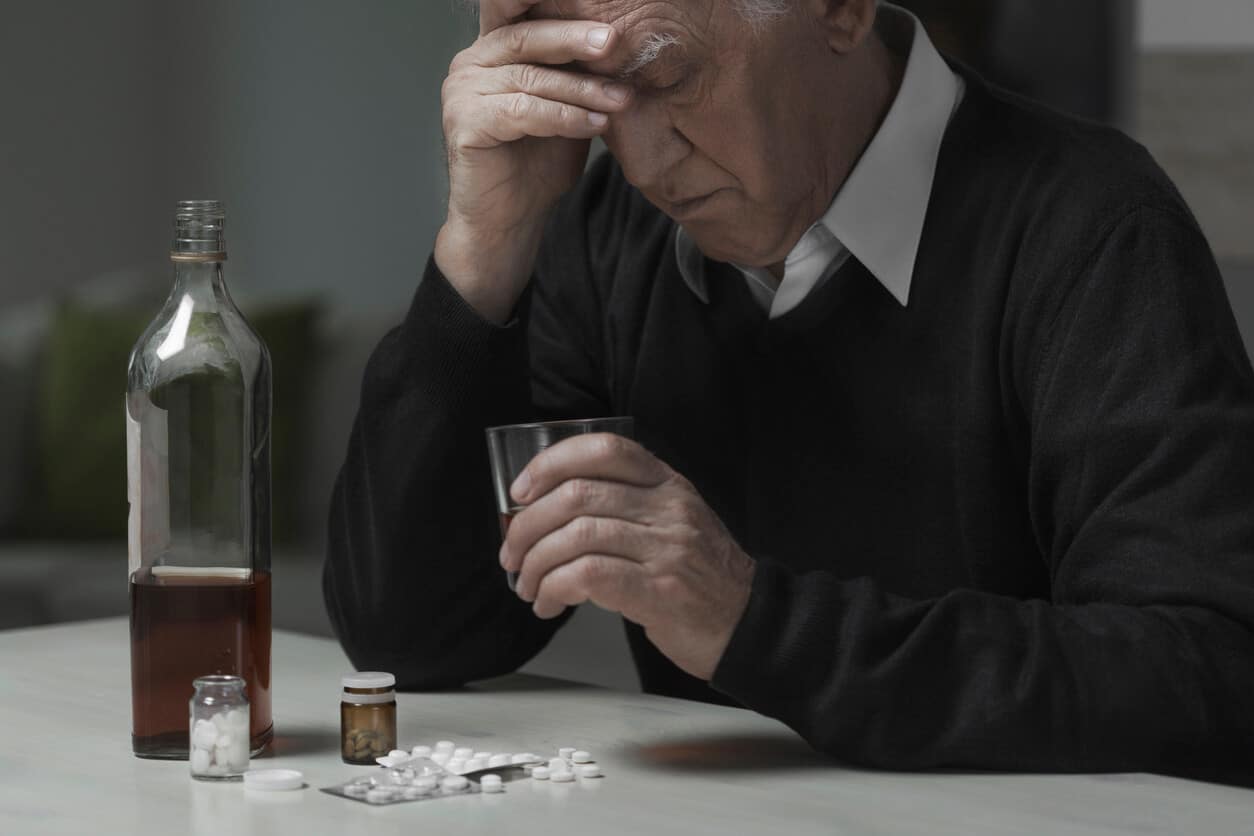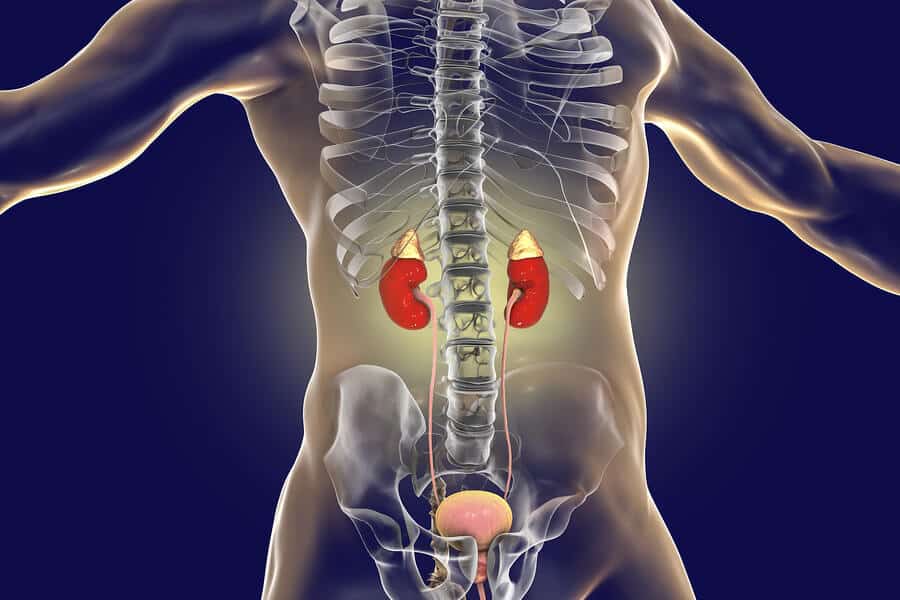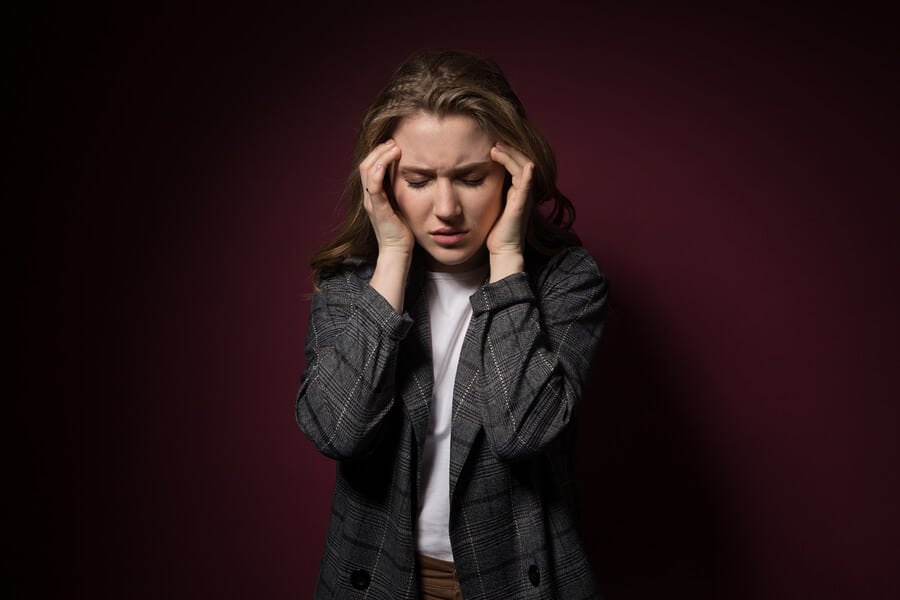
Xanax And Other Types Of Benzodiazepine Drugs
Xanax (alprazolam) belongs to a type of drug called benzodiazepines. Benzodiazepines (benzos or BZDs) are prescribed for various kinds of anxiety. Benzos are effective. But benzos are also addictive. And they can become so very quickly. Benzos work. But for some people, they work a little too well. Xanax addiction can be overcome. But it takes patience, dedication, and proper protocol.
In this blog, Harmony Stuart will help you to:
- Gain knowledge of what benzos are
- Explain why benzos like Xanax are so addictive
- Understand how to overcome Xanax addiction
- Treatment options without drugs
- How to get help for types of drugs like Xanax
Gain Knowledge Of What Benzos Are
Doctors mainly prescribe benzodiazepines to treat anxiety disorders. Some scientific evidence also suggests that benzos may help people withdrawing from alcohol. Benzos work by slowing down certain processes in the brain and body. They take effect almost immediately. This attribute also tends to make them addictive.
GABA
Our brain make chemicals that regulate our bodies. These chemicals are called neurotransmitters. They influence our appetites, how we think, how active we are. They impact how we understand the world and conduct ourselves in it. One such neurotransmitter is gamma-aminobutyric acid (GABA).
GABA is an inhibitory neurotransmitter. This means it inhibits. It slows things down. GABA keeps the inner workings of our bodies from happening too fast. In the case of anxiety, our thoughts race. Our heart rates elevate. And our blood pressure increases. GABA helps keep these things under control.
GABA And Benzos
Benzos (like Xanax) increase the amount of GABA in the brain. For someone suffering from anxiety, this helps them calm down. Their brain balances out what’s happening inside them. This makes them feel more stable and grounded.
Explaining Why Benzos Like Xanax Are So Addictive
Some medications will gradually make changes. For example, selective serotonin reuptake inhibitors (SSRIs) must usually be taken for a few weeks before a person notices a difference. But benzos can affect a person after a single dose. In fact, benzos are so addictive that a person can experience withdrawal after only 3-4 weeks of use.
Withdrawal is connected to dependence. If a dependent person stops consuming a drug, they experience withdrawal. If withdrawal symptoms occur, then the person has become dependent. So, a person can become dependent on benzos in less than a month. This means that a person suffering from Xanax addiction cannot function without Xanax. And what’s worse, benzo withdrawal symptoms can be fatal.
Understanding How To Overcome Xanax Addiction
The best way to overcome Xanax addiction is to prevent it in the first place. Use Xanax (or other benzo) for a short period of time. Make appropriate lifestyle changes to address the sources of anxiety. Then, phase out the Xanax. It’s always easier to prevent an addiction than it is to react to one. That said, below you will find some practical strategies to overcome benzo addiction.
Tapering
Quitting benzos cold turkey is not advisable. Doing so can cause one to slip into benzodiazepine withdrawal syndrome (BWS). BWS symptoms can cripple one’s life. And as mentioned above, BWS can be fatal.
A key method for avoiding BWS is tapering. Rather than simply quitting, tapering slowly decreases one’s dose. Tapering slightly lowers one’s BZD dosage over an extended period of time. This allows the body to acclimate itself to a lower dose, without producing withdrawal symptoms.
Use Different Medications
Several benzo alternatives exist. They do not produce effects as immediately as benzos. Rather, some of these meds build up gradually in one’s body. For example, most selective serotonin reuptake inhibitors (SSRIs) need several weeks to help combat anxiety. The advantage to this is that they are less habit-forming than benzos.
Alternatives to benzos include:
- Gabapentin (Neurontin)
- Buspirone
- Serotonin norepinephrine reuptake inhibitors (SNRIs)
- Beta blockers
- Hydroxyzine
Treatment Options Without Drugs
Medications can become invaluable to recovery. But, they are only one tool. We must not rely too heavily on medications to help us. Other methods for dealing with Xanax addiction will also help us. Therapy helps people become conscious of underlying problems. Once they have this awareness, they can begin making changes to their internal lives.
Dialectical Behavior Therapy
Dialectical behavior therapy (DBT) helps us develop and integrate our thoughts. We learn to practice mindful awareness of what we think. Next, we learn how to make progress in spite of stress. Then, we acquaint ourselves with healthy emotional patterns. Finally, we become fluent in articulating our emotions.
Cognitive Behavior Therapy
Cognitive behavior therapy (CBT) has also shown effective in treating benzo addiction. CBT helps us to audit our own thoughts. Rather than taking them for granted, we question and evaluate them for truth. This keeps our thoughts from asserting control over us.
Speak With Your Treatment Provider
DBT and CBT are only two examples of nonmedicinal treatment options for Xanax addiction. Speak with your treatment provider to find out more.
How To Get Help For Types Of Drugs Like Xanax
Xanax, and other types of benzodiazepines, have a high potential for addiction. If you or someone you love struggles with benzodiazepine addiction, call or contact Harmony Stuart today.



















